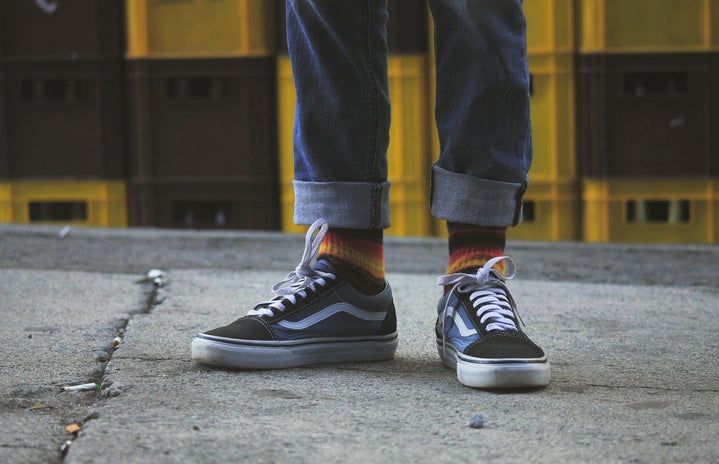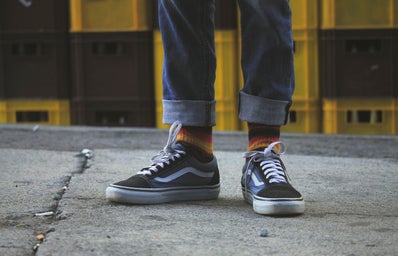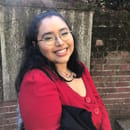From the title one might ask, “Who is Ojala Systems and what does ‘doing for the culture’ mean?” Well, Ojala, described by one of their members Maxwell Gay, is a “cooperative of artists, criminals, and digital revolutionaries.” From poetry to photography to music, this radical group of individuals do it all. Looking at their manifesto gives one a better idea of exactly why Ojala do what they do. They reject the standards of high art spaces and academia; their work is for liberation and empowerment of their people.
So, let’s talk about the “doing for the culture” question. With the collective being majority Latino and their explicit mission to rise above colonialisms’ shackles within the previously Mexican inhabited southwest, it is clear who this is for. It is for the unheard and marginalized communities of America and geared toward revealing the truth that is often suffocated through the people who write history books for the American educational system. Their activism is geared to the community as a whole, but they emphasize their focus on exposing the youth of their city to their roots through the arts. With gentrification rising through the city of Tucson most of the venues and spaces for art have turned into 21+ bars hence making it hard for underaged creatives to express themselves.
The type of focus Ojala puts into community is important in this current state of America. This can be seen through some of the founding members background in other previous forms of activism. Specifically, Miquiztli Dimenzio and Maxwell Gay’s participation in UNIDOS, a youth coalition that formed as a result of Tuscons’ Unified School District banning Mexican-American studies. Of course, it was concluded unconstitutional on the grounds of being evidently “motivated by racial animus” . However, the former members have yet to see the curriculum in schools being changed. The ban happened in 2010 it is now 2019 meaning almost more than two generations of high school students have had their 1st amendment compromised with little concern shown from people who have the power to change this. This program was instilled in 1974 so that students could see themselves represented in American society and it even showed that students did better in school who were part of it as opposed to others who weren’t.
As a Latina woman striving for a higher education I am a statistical anomaly with only 15% of Hispanics completing college. Me being raised in a predominantly Latino community in Los Angeles I am aware of our limited options and why my peers may have chosen another path. The context of why we can turn to things such as gang violence is something that should be understood rather than demonized. Understanding and accepting are not the same thing and that’s what Ojala also makes a point to highlight. Which we can see with their previously stated manifesto of dubbing themselves “criminals” because we are criminalized for our skin color to this day with officers being able to get away with arresting those, they suspect of being immigrants with no plausible cause. With this even being possible in today’s day and age speaks volumes. Some might see these programs as divisive but those who do, don’t understand that things are not equal. If they were there wouldn’t be a need for programs in the first place. If there were an equal amount of people of color in universities and they somehow procured the same amount of generational wealth as their white counterparts started with at birth, then these conversations wouldn’t be necessary. The fact of the matter is Ojala is doing what all school districts should vehemently be striving towards equality.


